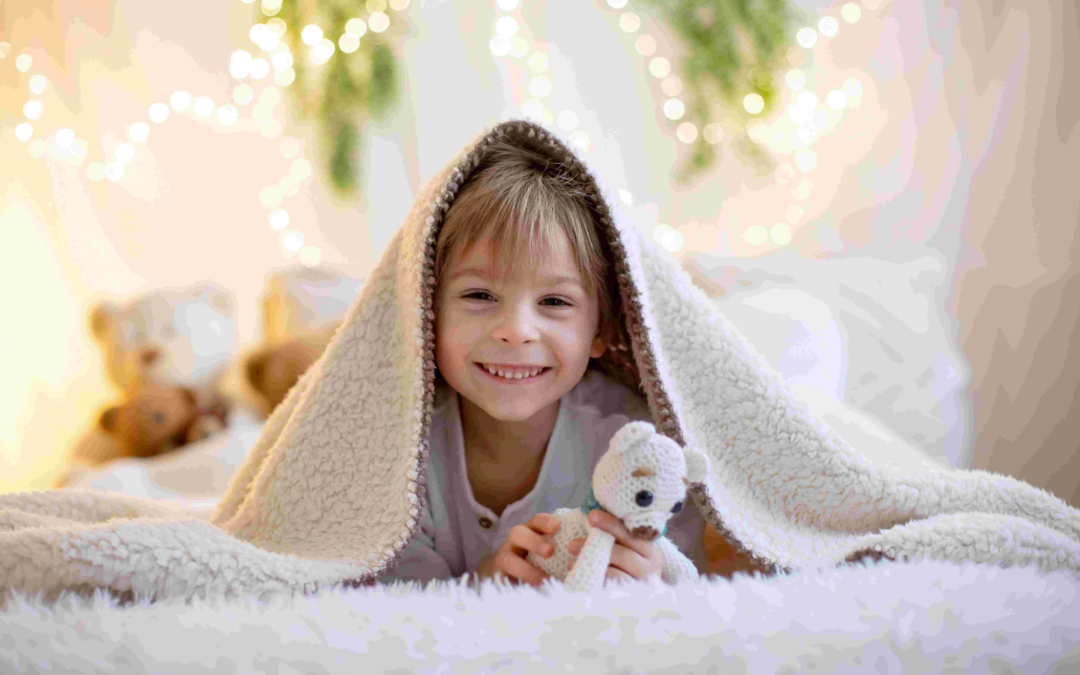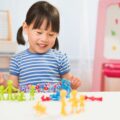When you think back to your childhood, was there a blanket, plushie, or maybe a favorite toy that you took everywhere? Did you know that comfort objects, like the ones mentioned beforehand, play an essential role to the kiddos of yesterday, today, and tomorrow.
This post will explore why these seemingly simple items mean so much to children and how they positively impact their emotional growth. Read on.
Providing A Sense Of Security
Comfort objects aren’t just cute accessories; they serve a powerful purpose by providing kids with a sense of security. For children, the world is full of unknowns, and having a soft plushie or cozy custom blanket can be like carrying a piece of home wherever they go. This little piece of familiarity helps reduce anxiety and make new experiences feel safer.
In moments of stress, a comfort object can work wonders by soothing nerves and helping kids manage their emotions. This is especially helpful during big changes like starting preschool, moving to a new home, or even staying with a babysitter. When they have a favorite object to hold onto, kids feel less alone and more capable of handling new situations.
Encouraging Imagination And Creativity
Comfort objects often become much more than just a toy; they transform into friends, confidants, and even characters in imaginative stories. When kids play with their favorite plushie or blanket, they open a door to a world of creativity. They might invent scenarios, act out adventures, or practice conversations with their comfort object, all of which contribute to cognitive and social development.
Imagination is a vital part of childhood, and comfort objects encourage this creativity. They help kids explore relationships, experiment with problem-solving, and even work through feelings they may not yet fully understand. So, every time you see your child talking to their stuffed animal, remember it’s not just play—it’s practice for the real world.
Teaching Responsibility And Care
A comfort object can also teach kids the value of responsibility. Many children develop routines around taking care of their favorite toy or blanket, whether it’s making sure it’s by their side at night, keeping it clean, or so on. These habits, while simple, introduce them to the idea of caring for something they love. When kids learn to treat their comfort objects with care and attention, they’re practicing skills that translate to real-life responsibilities as they grow older.
Supporting Social Connections
Believe it or not, comfort objects can even help children build social skills. Often, kids feel a sense of connection when they discover a friend or classmate with a similar comfort object. These shared interests can spark conversations and help kids bond over something meaningful to them.

To add, playing with comfort objects alongside other children encourages sharing, cooperation, and empathy. Kids learn to respect each other’s cherished items, setting the groundwork for positive social interactions. These objects serve as a bridge for making friends and learning the social dynamics of empathy and mutual respect.
Helping With Separation Anxiety
Leaving a parent or caregiver can be tough for a child, especially in the early years. Comfort objects act as a gentle bridge, helping kids handle these moments with less anxiety.
A blanket or plushie becomes a symbolic link to their caregivers, offering reassurance that they’re still loved and connected even when apart. This connection can ease the transition to daycare, preschool, or even just bedtime, making it a smoother experience for both kids and parents.
Promoting Independence
Although comfort objects help with dependency, they’re also tools that guide children toward independence. With time, kids start to rely less on their comfort objects as they build confidence in their own abilities. This gradual shift teaches them that they can handle situations on their own, without needing an external source of comfort.

Eventually, children will reach a point where they outgrow their plushie or blanket, a clear sign of the progress they’ve made. The comfort object has done its job, supporting them as they grew more independent and self-assured.
Offering Long-Lasting Memories
As kids grow older, their comfort objects become cherished reminders of their childhood. These items hold memories of bedtime stories, family trips, and quiet moments, making them a meaningful part of their personal history. In this way, comfort objects offer a kind of legacy—a tangible connection to simpler times, growth, and family moments.
Closing Thoughts
Comfort objects might seem simple, but they’re powerful allies in a child’s growth. So, next time you see your child hugging their blanket or talking to their plushie, know that they’re doing more than just playing. They’re learning, growing, and building skills that’ll shape who they are in the years to come. In every thread and fiber, these comfort objects provide a sense of safety, strength, and support—a small gift that has a big impact.
Jessica has a flair for writing engaging blogs and articles. She enjoys reading and learning new things which enables her to write different topics and fields with ease. She also strives to break down complex concepts and make them easy for anybody to comprehend.





